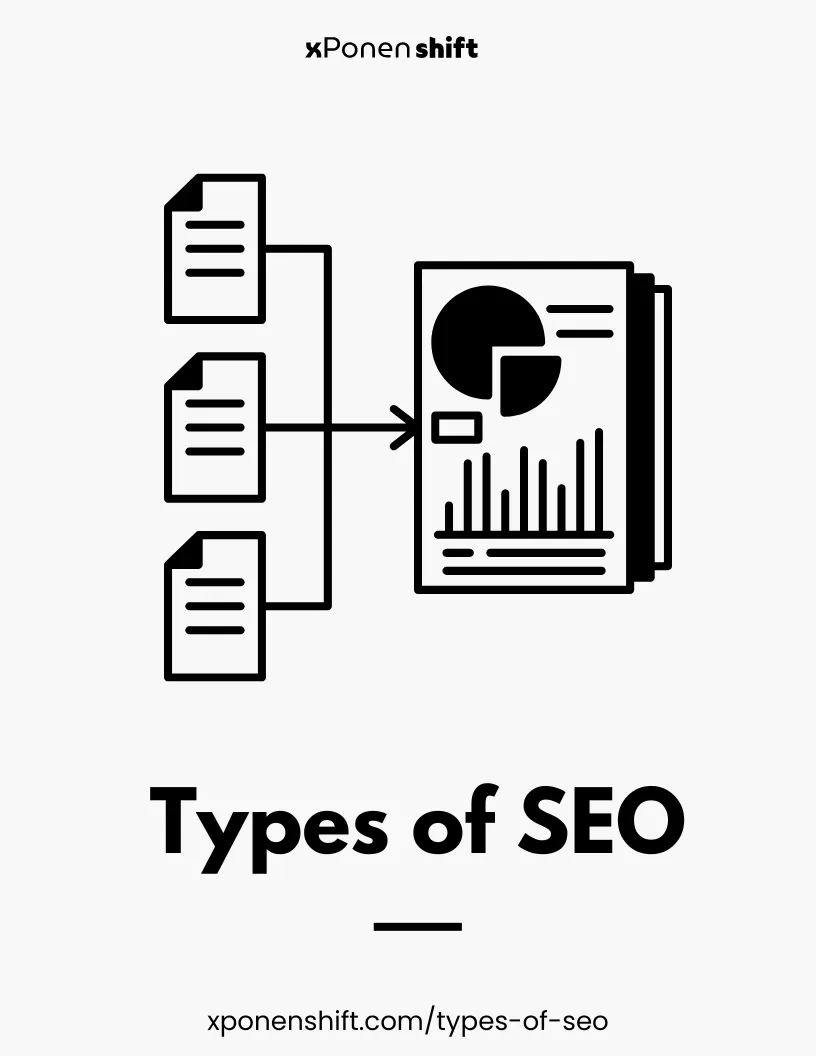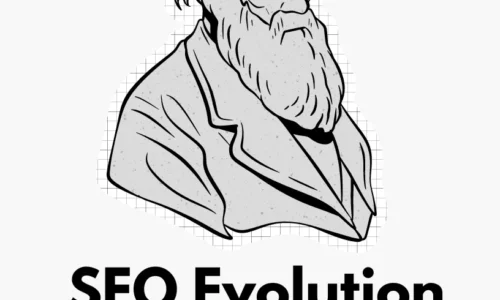- admin
- Introduction to SEO
- 0 Comments
- 177 Views
SEO, or Search Engine Optimization, is the practice of enhancing a website to increase its visibility in search engine results pages (SERPs) for relevant queries.
Think of it like setting up a storefront in a busy market: you want to make sure your shop is attractive, easy to find, and has clear signage so more people will visit.
Similarly, SEO involves optimizing content, improving website structure, and using keywords to help search engines understand your site and show it to people searching for related topics.
The ultimate goal is to attract more organic (unpaid) traffic to your website.
SEO, or Search Engine Optimization, can be categorized into several types to help websites rank better on search engines like Google. Generally, there are three main types of SEO:
- On-Page SEO: This focuses on optimizing individual web pages to rank higher and earn more relevant traffic. It includes aspects like keyword optimization, content quality, meta tags, and URL structure.
- Off-Page SEO: This involves activities outside your website to improve its search engine rankings. The most common off-page SEO technique is building backlinks from other reputable sites to your own.
- Technical SEO: This type ensures that your website meets the technical requirements of modern search engines. Important elements include site speed, mobile-friendliness, indexing, crawlability, and site architecture.
Understanding these types helps in creating a comprehensive SEO strategy that covers all aspects needed to improve a website’s visibility and ranking on search engines.
1. On-Page SEO
On-Page SEO refers to the optimization techniques applied directly on a website to improve its position in the search rankings.
Imagine you’re setting up a store; on-page SEO is like arranging your products neatly, having clear price tags, and ensuring your shop is well-lit and inviting.
In the digital world, this involves optimizing elements like keywords, content quality, meta tags, images, and URL structure.
The goal is to make each webpage more relevant and valuable to users and search engines, ultimately boosting its visibility and ranking in search results.
2. Off-Page SEO
Off-Page SEO involves activities outside your own website to improve its search engine rankings. Think of it like getting recommendations for your store from other businesses and customers.
In the online world, this mainly includes building high-quality backlinks from other reputable sites, which act like votes of confidence for your site.
It also involves social media marketing, guest blogging, and influencer outreach. The goal is to increase your website’s authority and credibility, making it more likely to rank higher in search engine results.
3. Technical SEO
Technical SEO refers to the optimization of a website’s technical aspects to ensure that search engines can crawl and index it effectively.
Think of it like ensuring the foundation and infrastructure of your store are solid, the doors open smoothly, and the aisles are easy to navigate.
In the digital realm, this involves improving site speed, ensuring mobile-friendliness, fixing broken links, using secure connections (HTTPS), and creating a clear site structure.
The goal is to create a technically sound website that provides a good user experience and is easy for search engines to understand, ultimately boosting your site’s visibility and rankings.
Which SEO Aspect Should Beginners Learn First?
For beginners, it’s best to start with On-Page SEO. Think of it like setting up the interior of your shop before promoting it.
By focusing on on-page SEO, you’ll learn the basics of optimizing your website’s content, including using the right keywords, writing high-quality content, and structuring your pages properly.
This foundation is crucial because it ensures your site is user-friendly and valuable, which is essential before moving on to more advanced techniques like off-page and technical SEO.
Once you have a solid grasp of on-page SEO, you can then expand your knowledge to include off-page and technical aspects.




